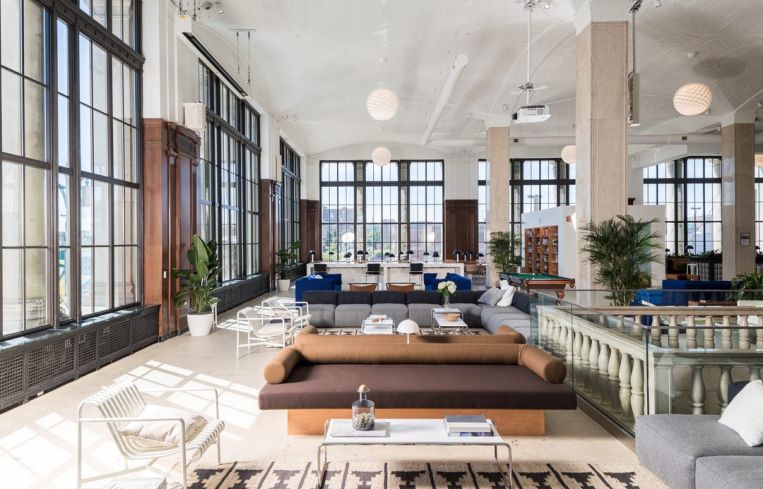Coworking Space Posts Minimal Nationwide Growth in Q3
By Keith Loria October 19, 2023 5:46 pm
reprints
The number of coworking spaces in the U.S. remained basically flat in the third quarter of 2023, after an impressive 10 percent bump in the prior quarter, according to the latest report from CoworkingCafe.
Nationally, coworking totals included 6,172 spaces, representing a minuscule .15 increase from the 6,163 reported in Q2 of 2023.
Manhattan leads the U.S. with 270 flexible office venues, followed by Los Angeles with 267, and then D.C. with 251, per the report, which reviewed the availability of coworking inventory in the 25 largest markets.
The 251 spaces in D.C. reflected a 4 percent decrease from the second quarter. Overall, 13 markets saw a decrease in space this quarter, with Raleigh-Durham, N.C., and Phoenix both seeing large increases, at 13 and 11 percent, respectively. Manhattan experienced the largest drop with 11 percent fewer spaces, shrinking from 305 to 270 in Q2.
Miami, which came in 10th with 137 spaces, remained essentially unchanged.
Most of the declines can be attributed to WeWork’s 17 percent decrease in spaces in the top 25 markets.
“The WeWork reorg is causing some short-term contraction in the overall shared space square-footage number, but demand is strong enough that the total number of national locations is up,” Peter Kolaczynski, a director at CommercialEdge, said in a prepared statement. “We expect some volatility in total square footage to continue as those locations find their next use.”
According to the report, coworking subscriptions for virtual office median prices in the District came in at $80, much lower than the national median of $143, while open workspaces decreased from $225 to $200, and dedicated desks fell to $379 from $399 in Q2. The national numbers stayed relatively the same.
Additionally, D.C. ranked third in the U.S., in total square footage of coworking space available, with 6.18 million square feet, which was an 8 percent decrease from Q2, and had an average of 24,652 square feet per space available, down 4 percent from Q2. Again, in terms of square footage, Manhattan and Los Angeles were the top two cities, with 12.8 million and 6.5 million, respectively.
Keith Loria can be reached at Kloria@commercialobserver.com.


